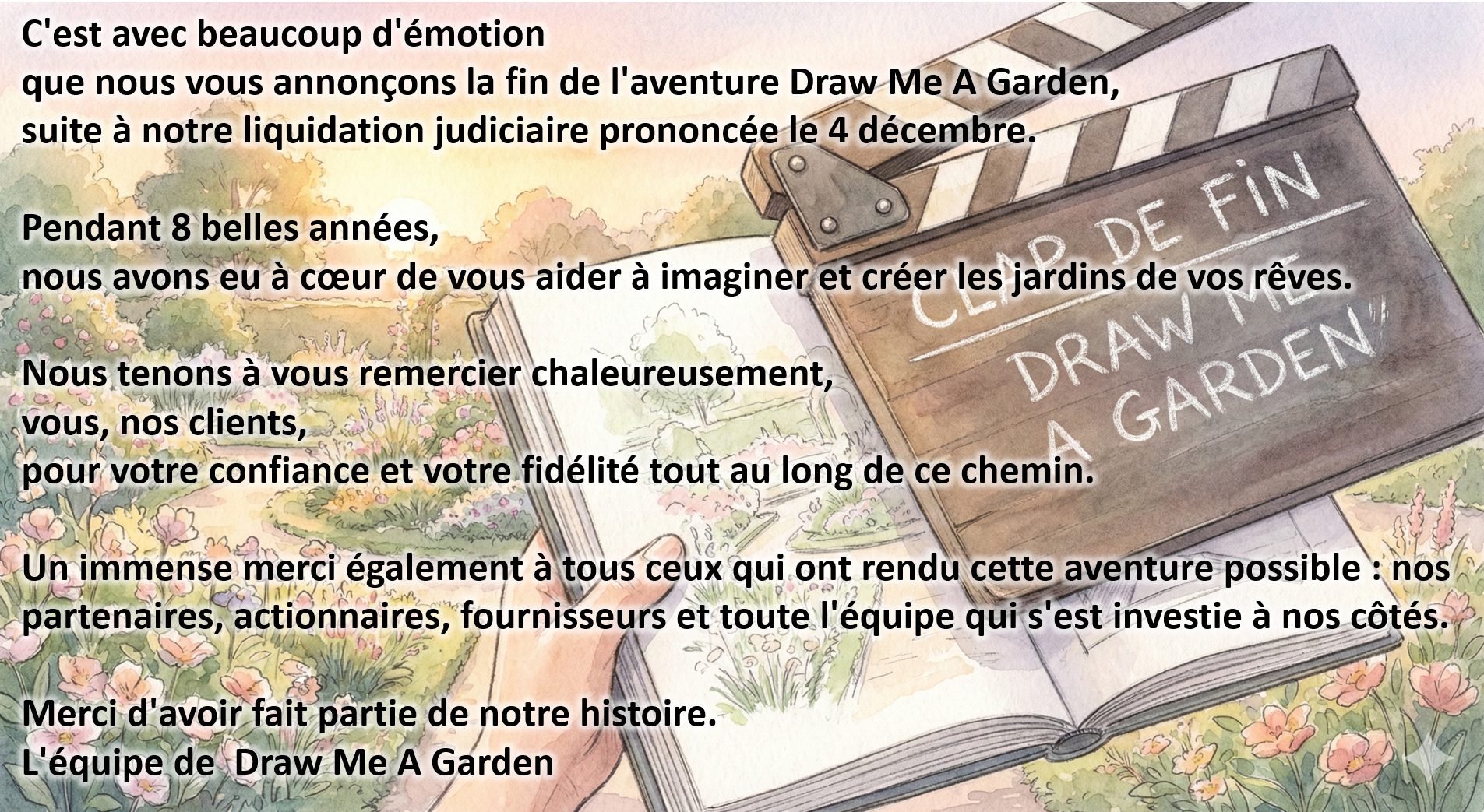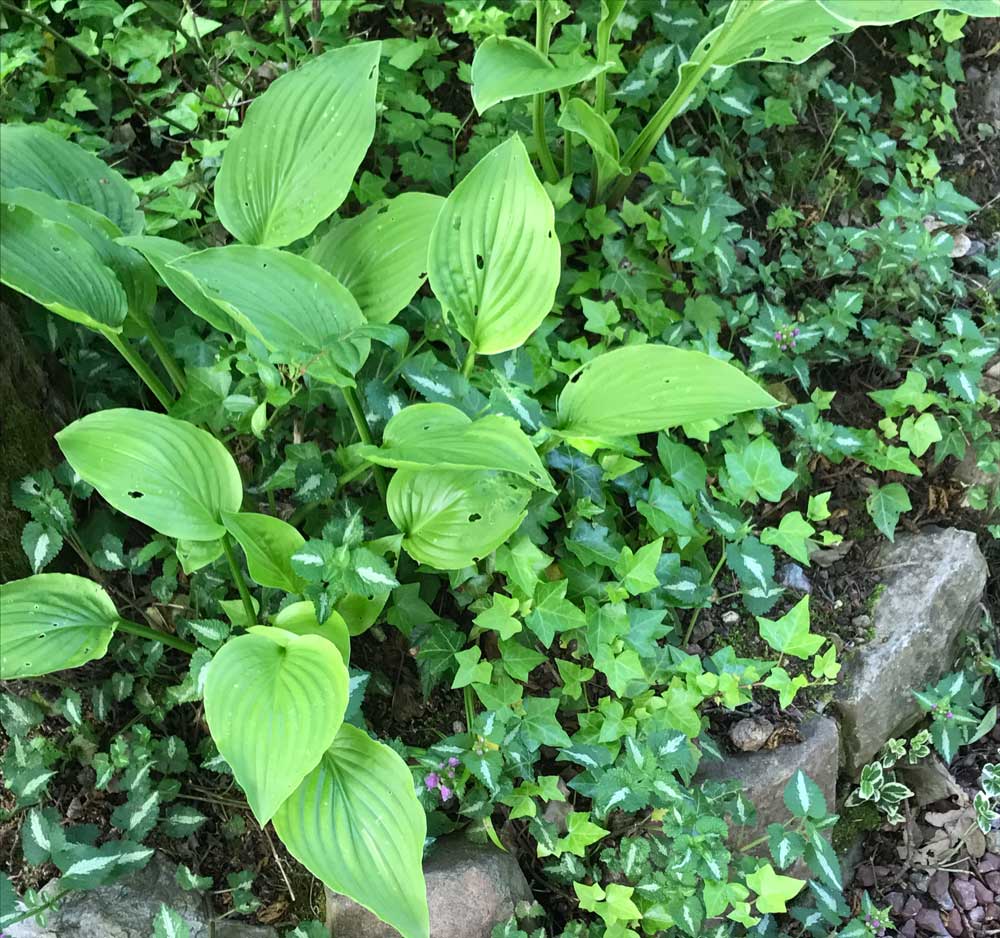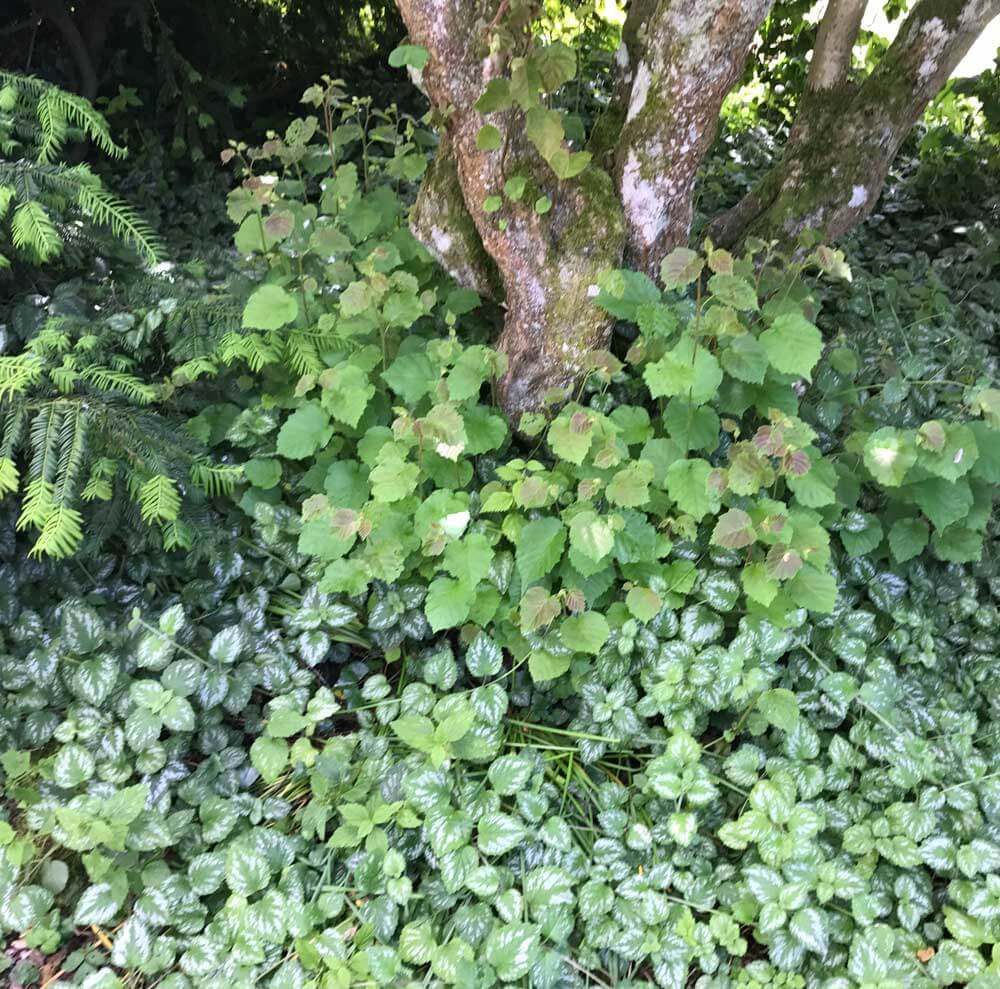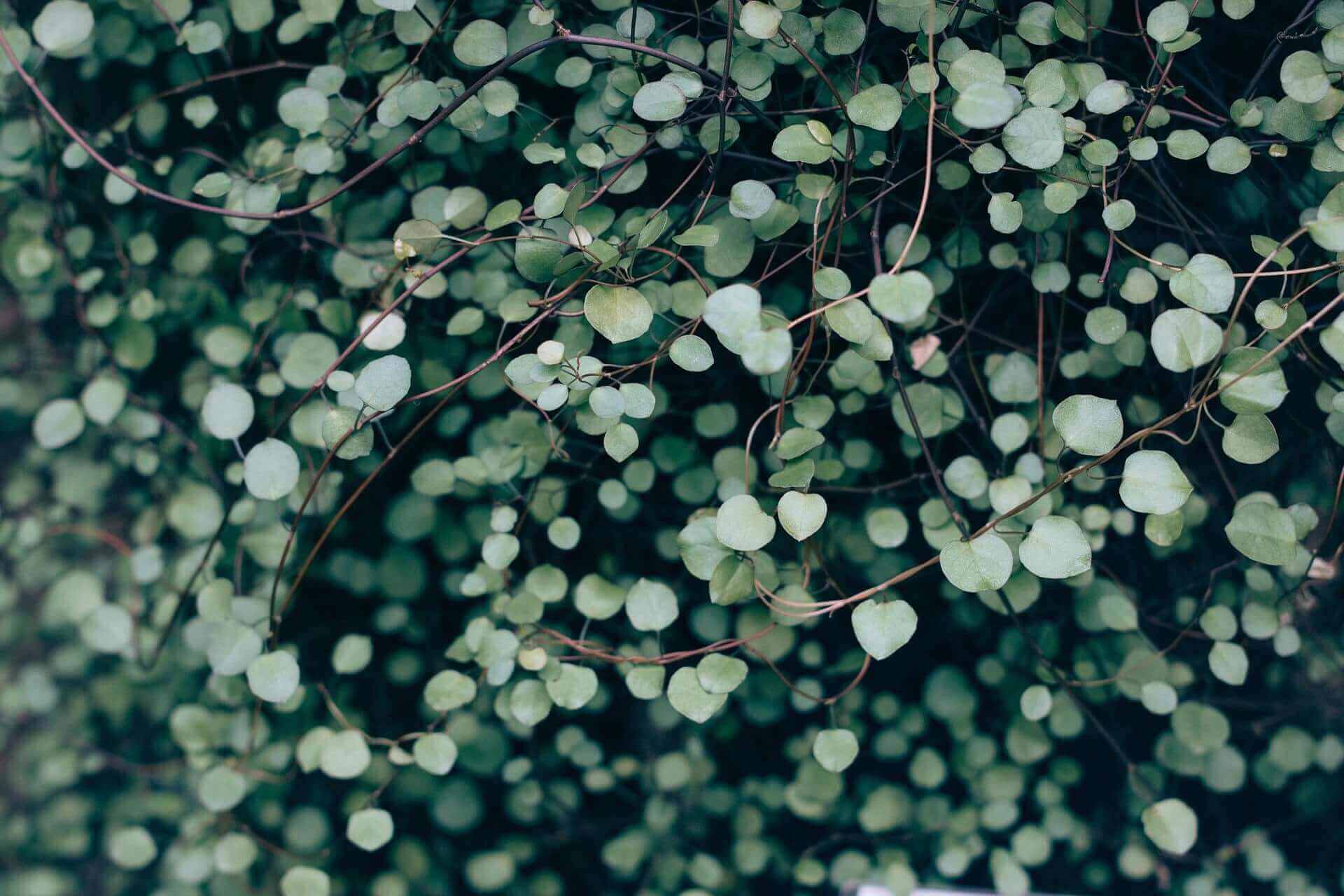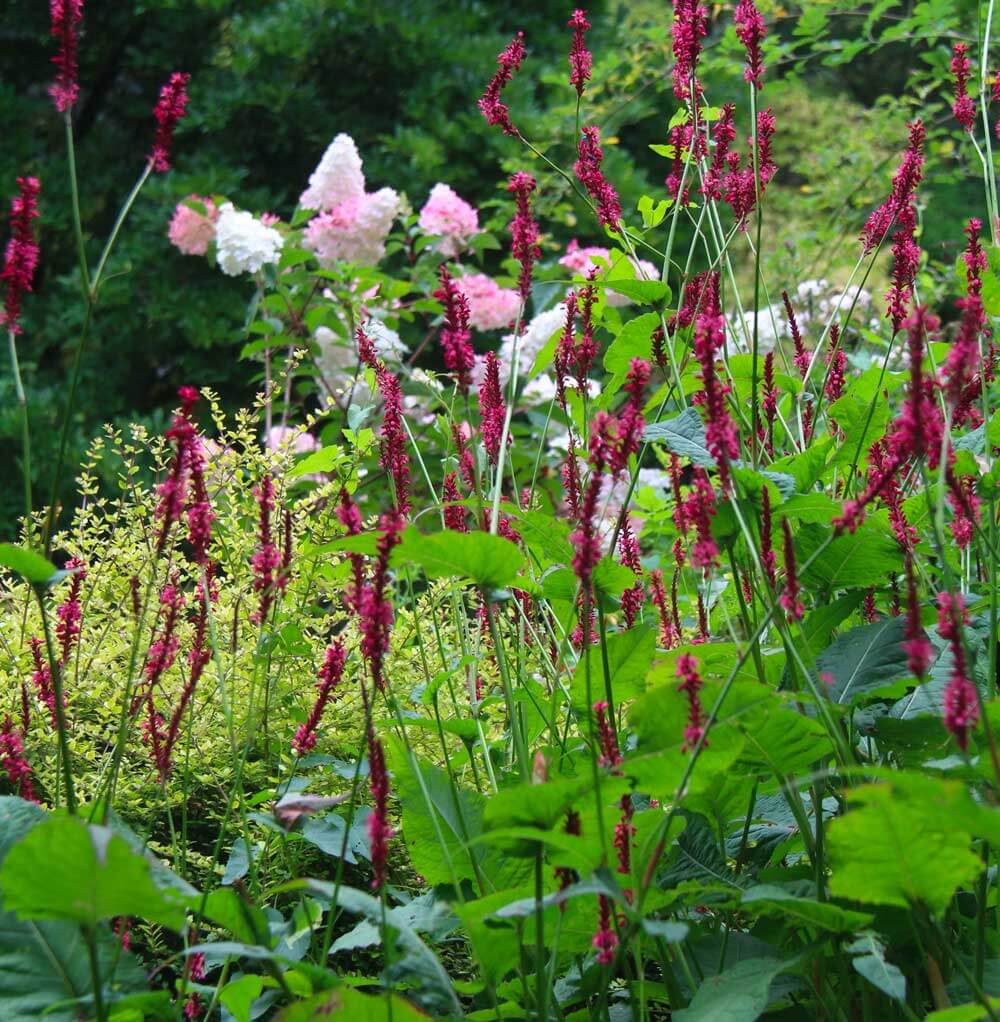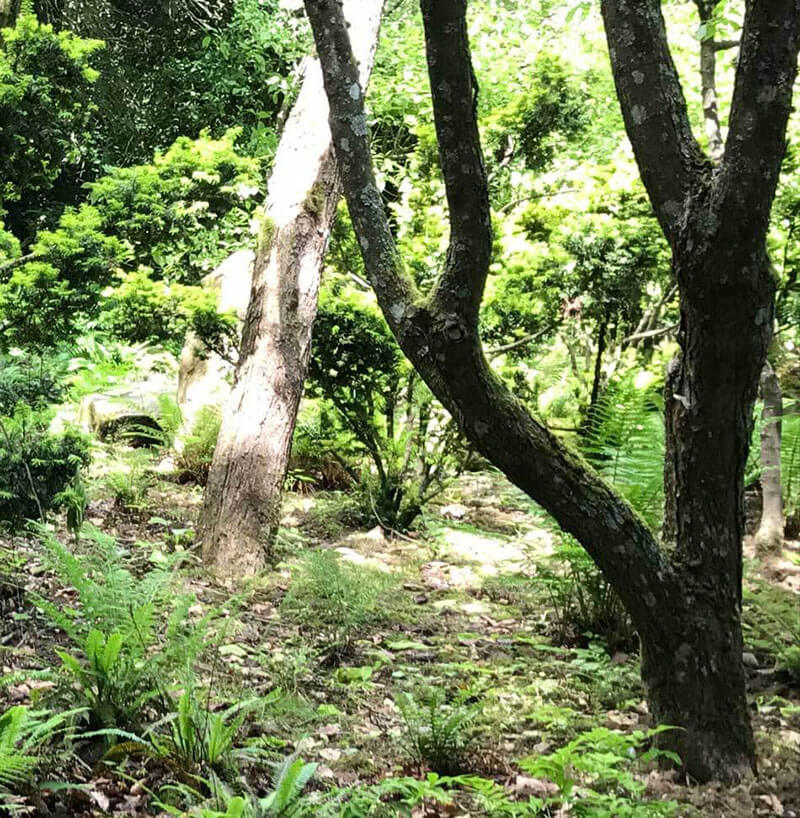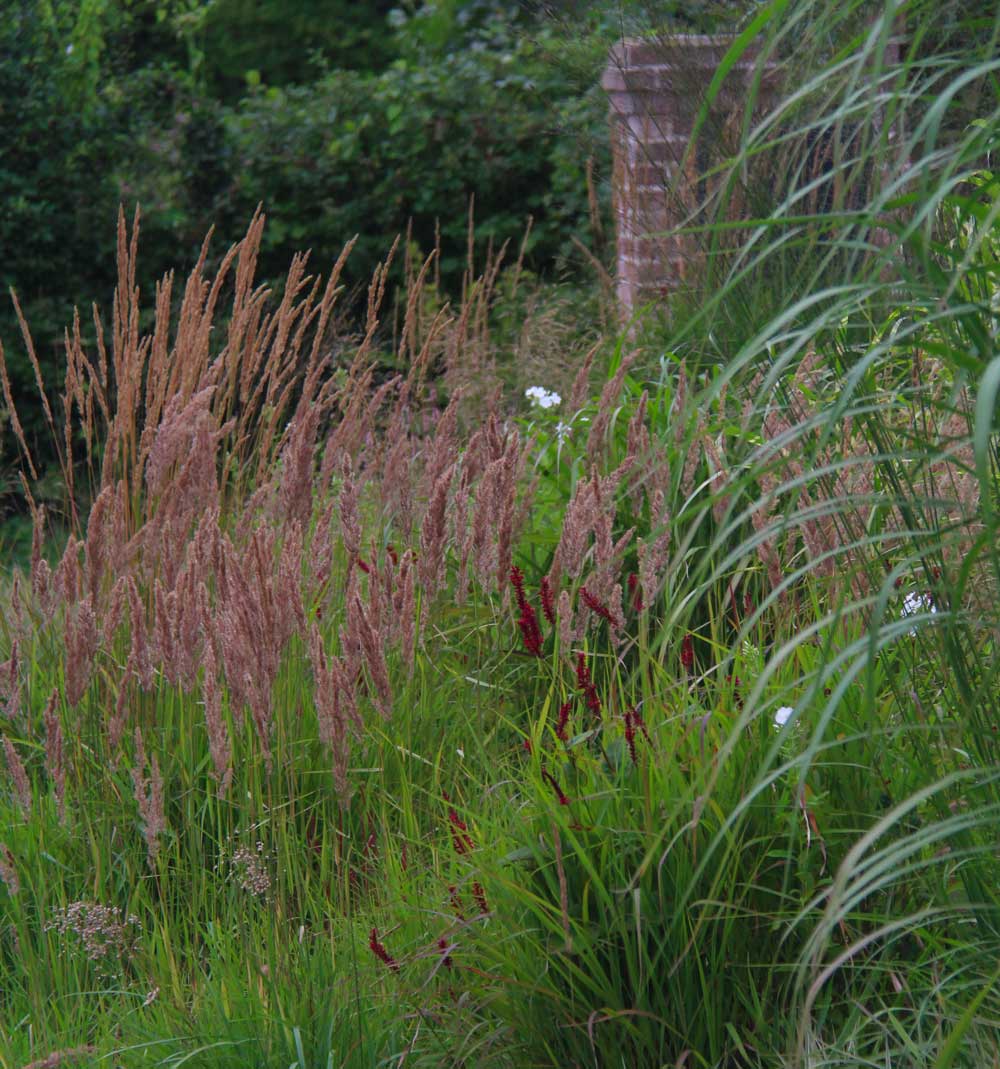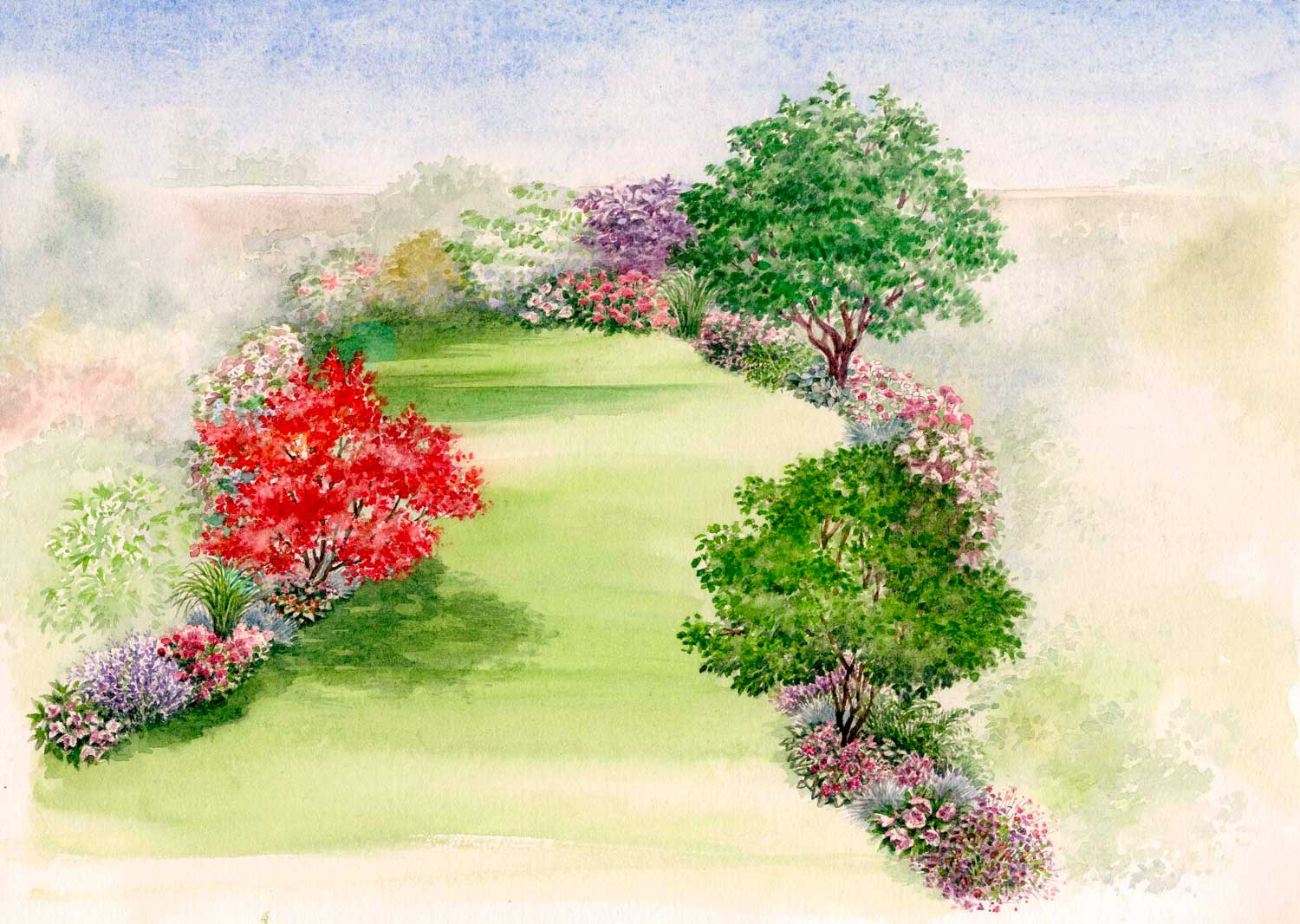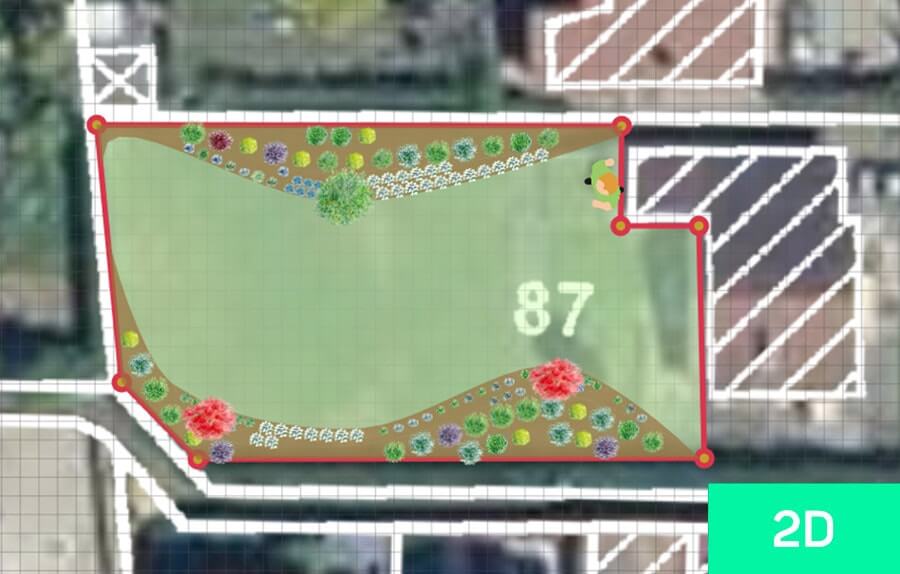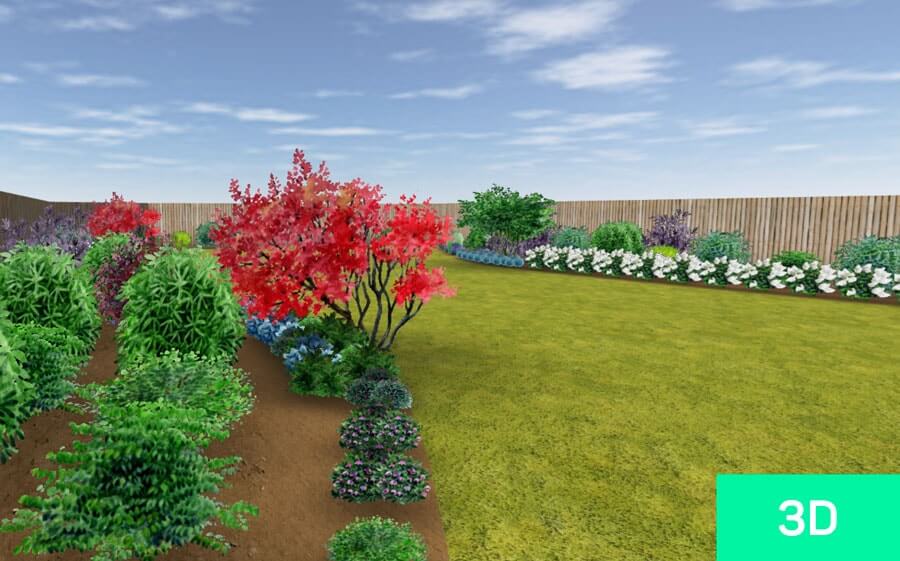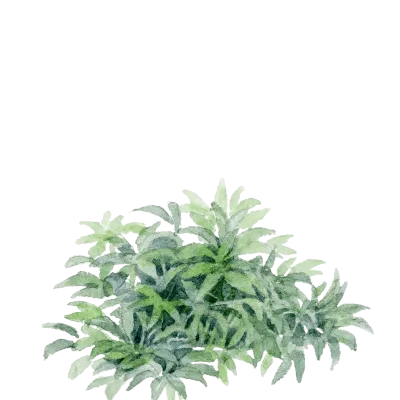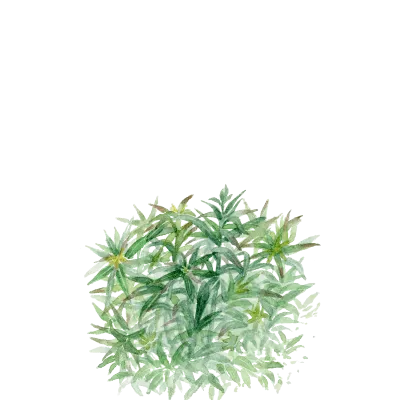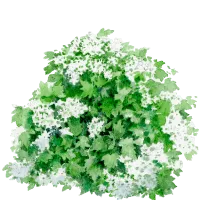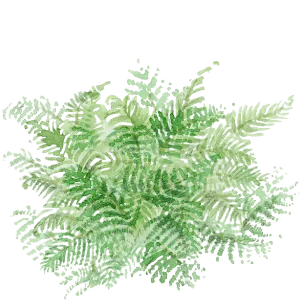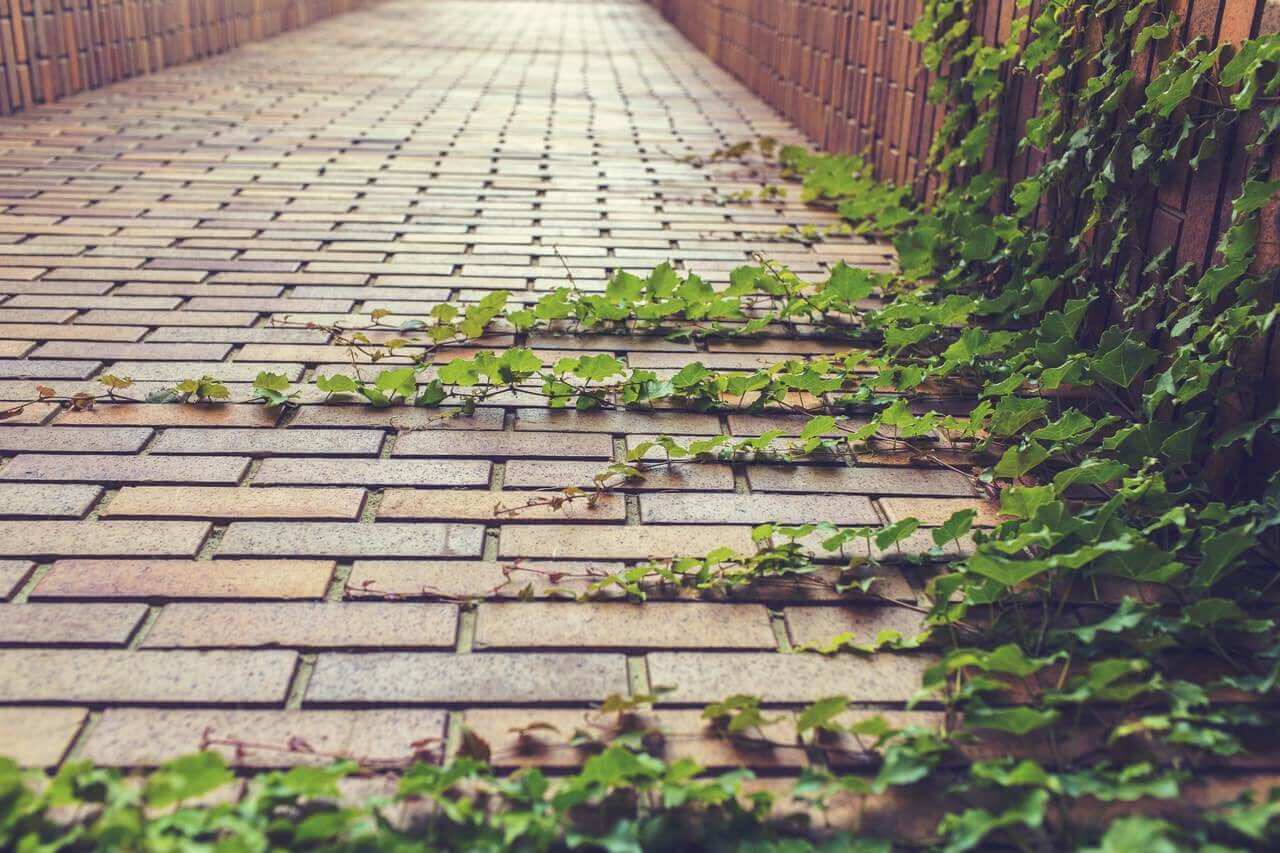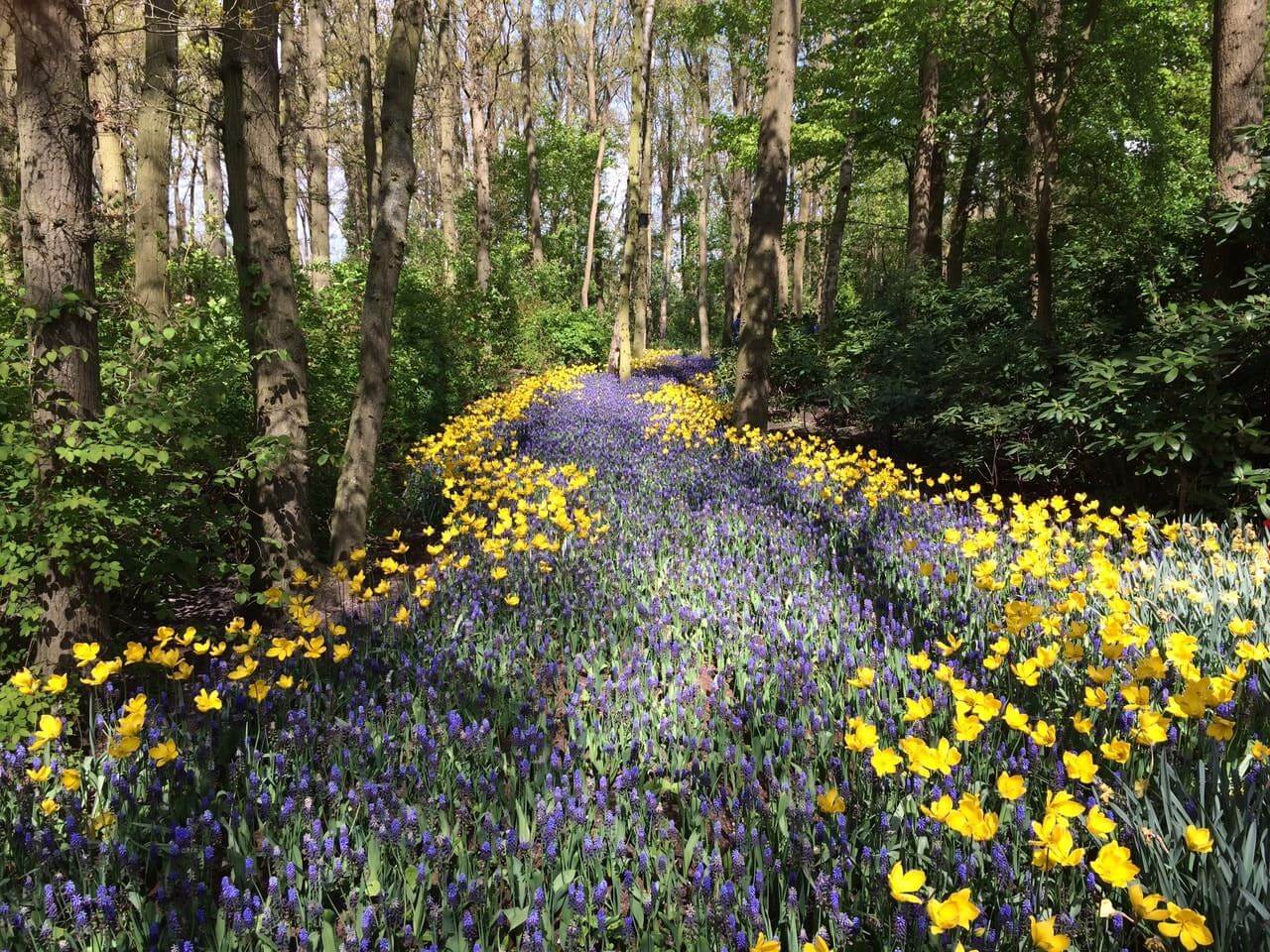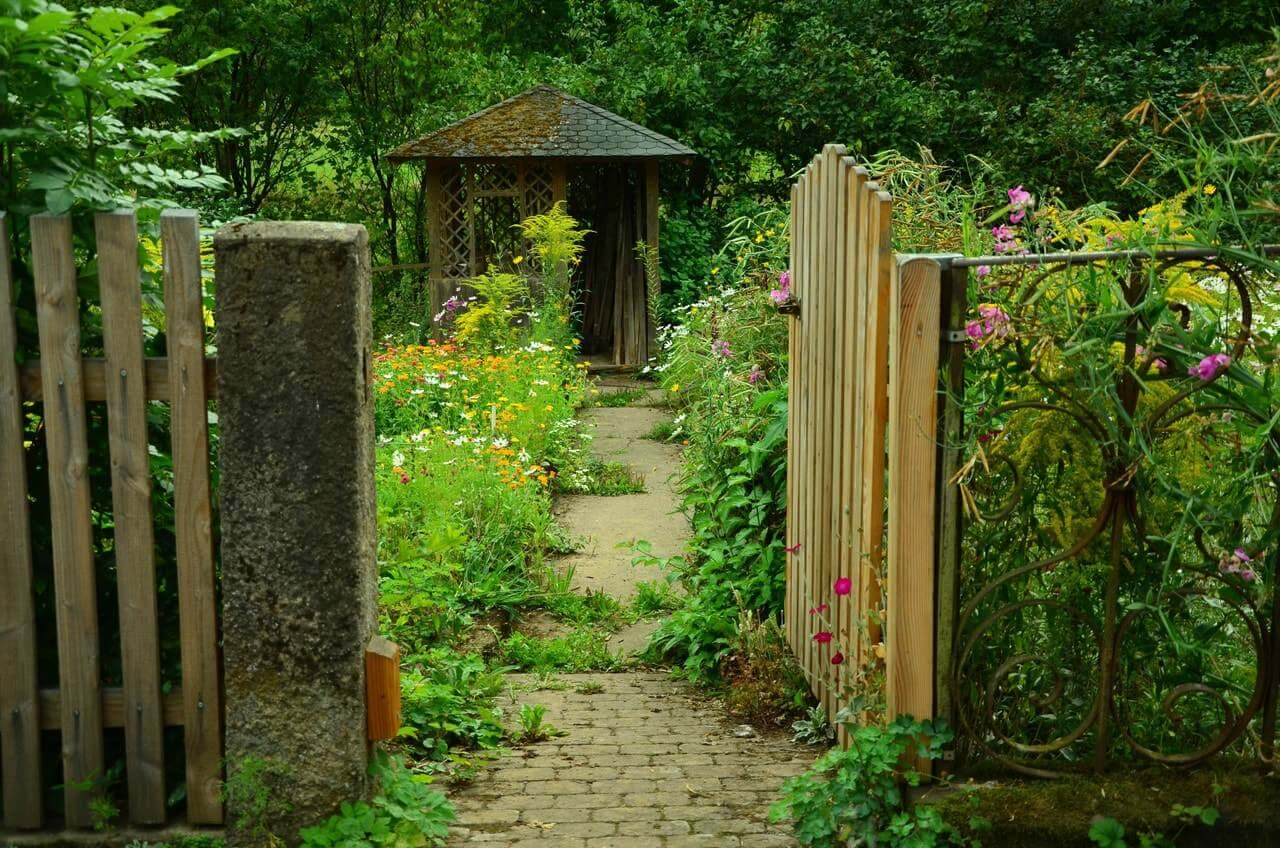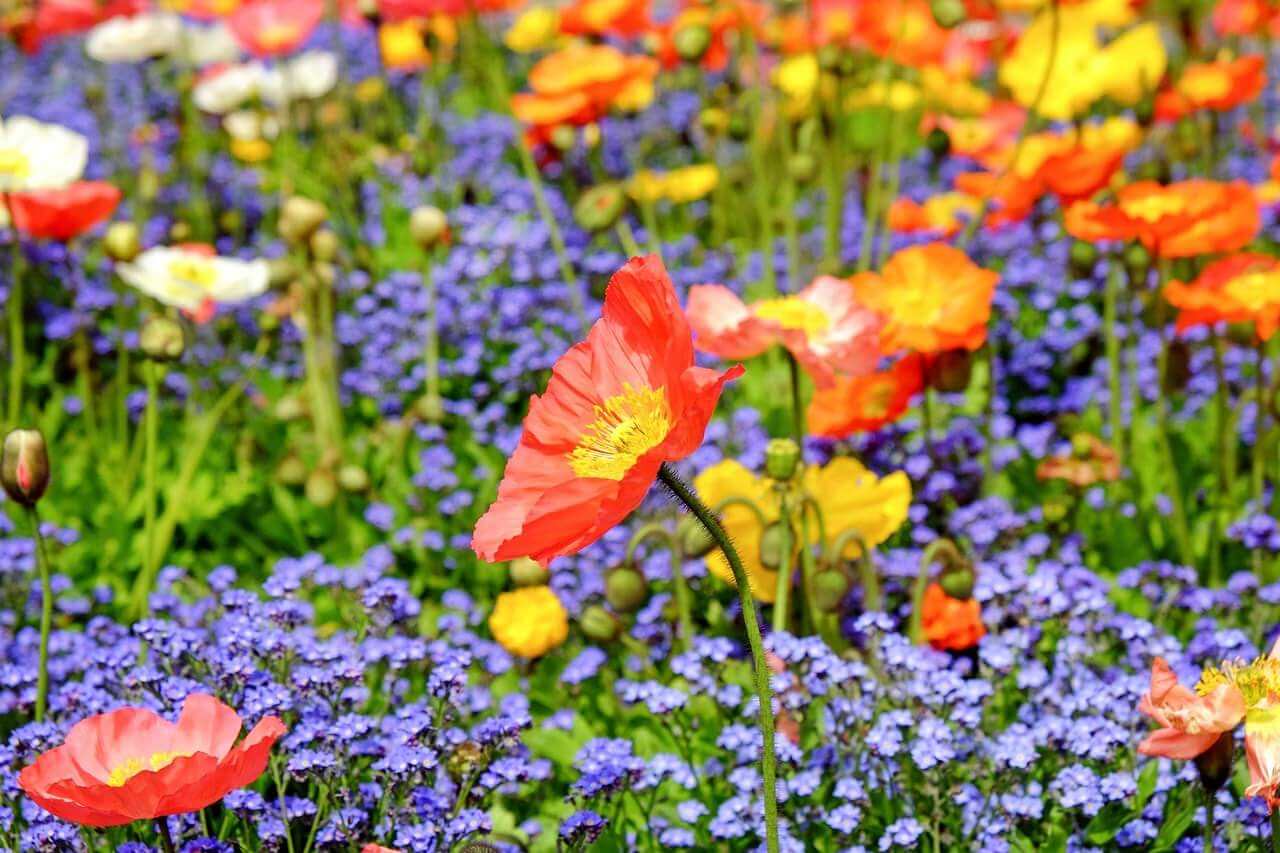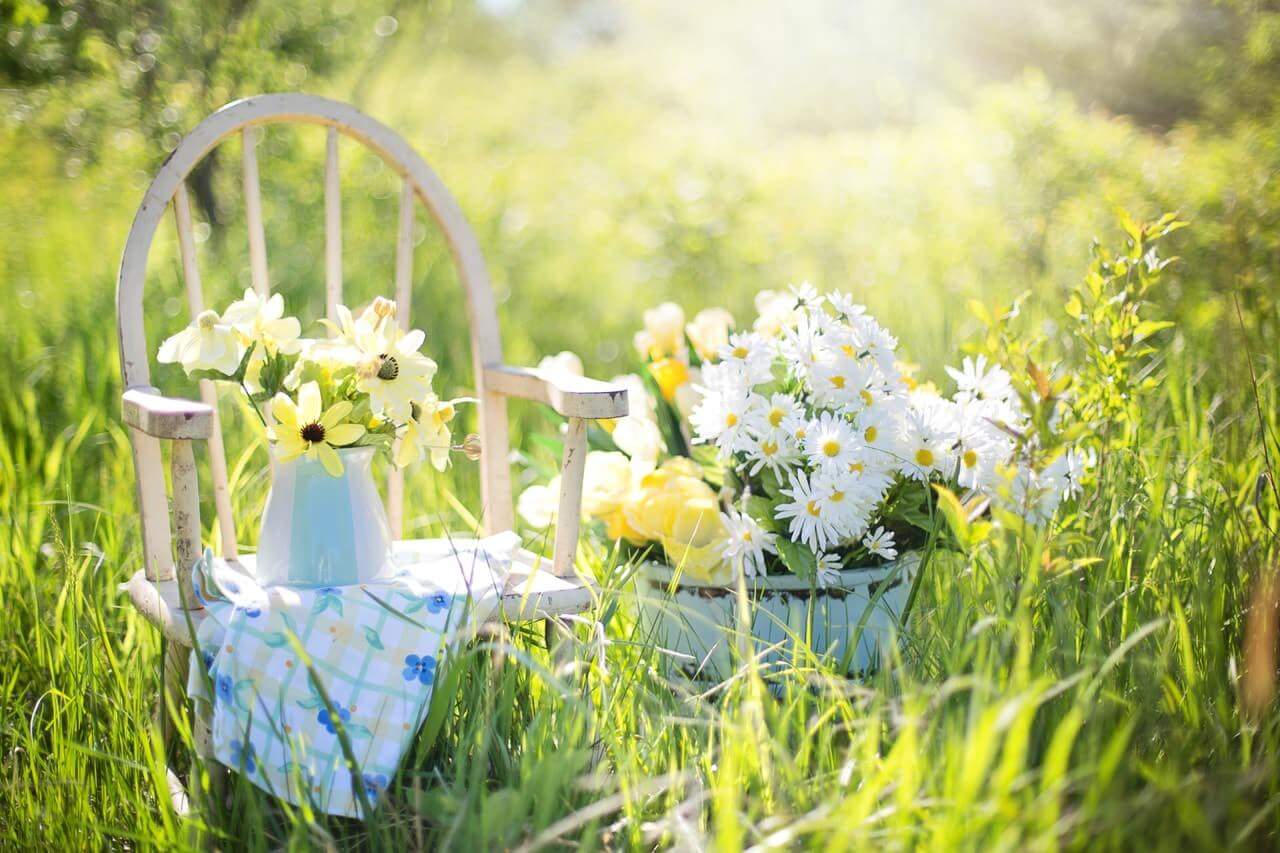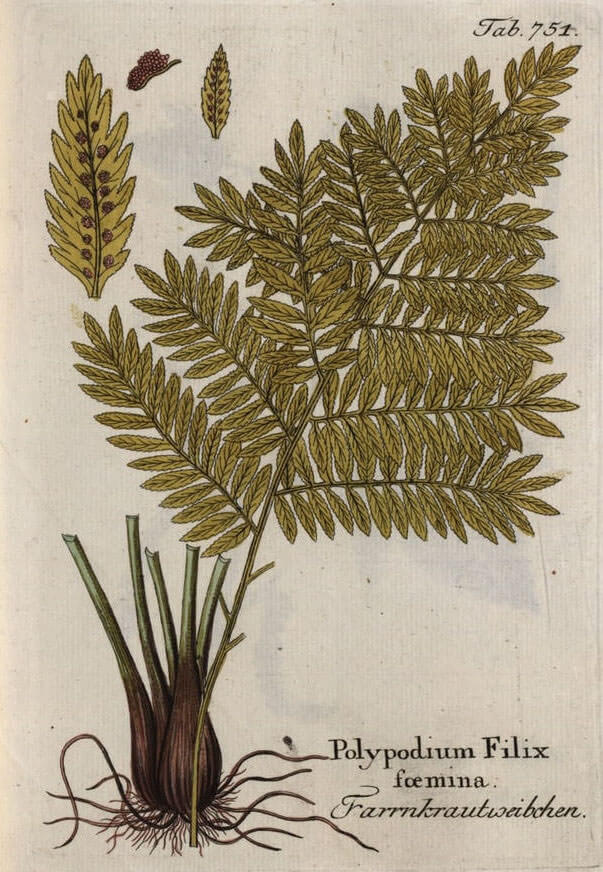
Image: « Illustrations of all medical, economic and technological plants, Volume 9: Polypodium Filix foemina », 1818.
Source: Austrian National Library.
The Free Nature Garden is a wild garden, or natural garden. This notion of a wild garden dates back to the 19th century and is attributed to the gardener (and journalist) William Robinson (1838-1935). These ideas about wild gardening stimulated the movement that led to the popularization of the English cottage garden, a parallel to the search for honest simplicity and the vernacular style of the British Arts and Crafts movement (a reformist artistic movement in the fields of architecture, decorative rtas, painting and sculpture, born in England in the 1860s). This new approach to gardening has become popular thanks to the magazines and books published by Robinson, in particular 'The Wild Garden' and 'The English Flower Garden'. He advocates more natural and less formal plantations of resistant perennials, shrubs and vines, and reacts against Victorian-era patterned gardening that uses tropical materials grown in greenhouses. Native plants are favoured and the diversity of nature is conserved to provide a refuge for wildlife, both plant and animal. Like any garden, this wild garden still requires some management to prevent the rapid expansion of plants and keep an attractive appearance. The gardener must therefore respect things as they are, in their form and natural beauty, but his brand must remain invisible.

